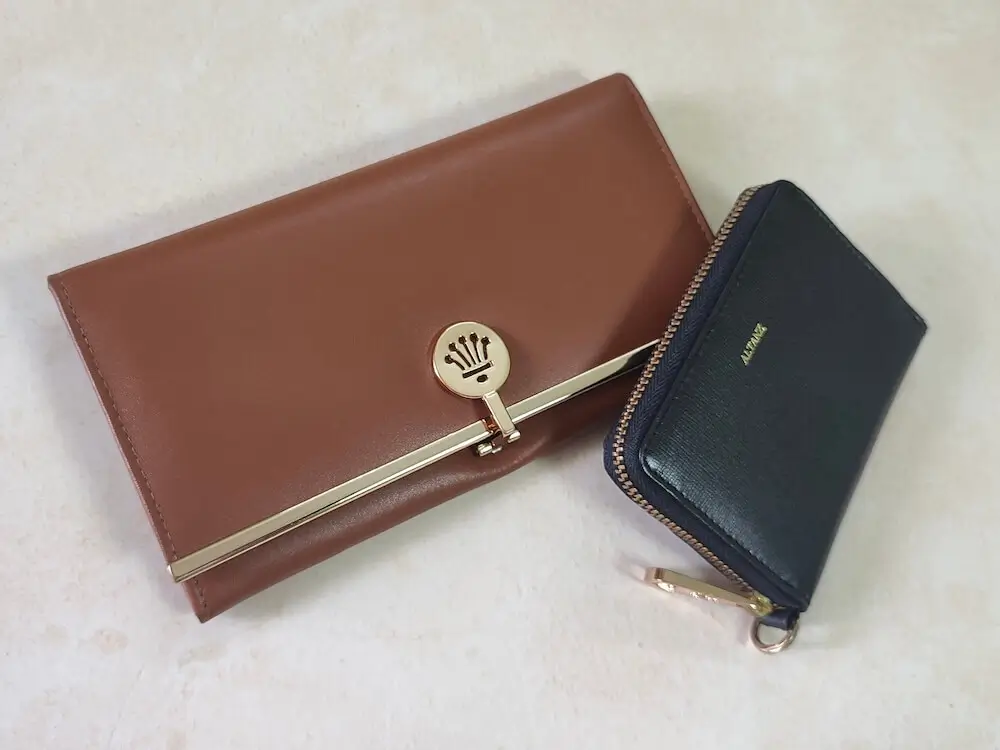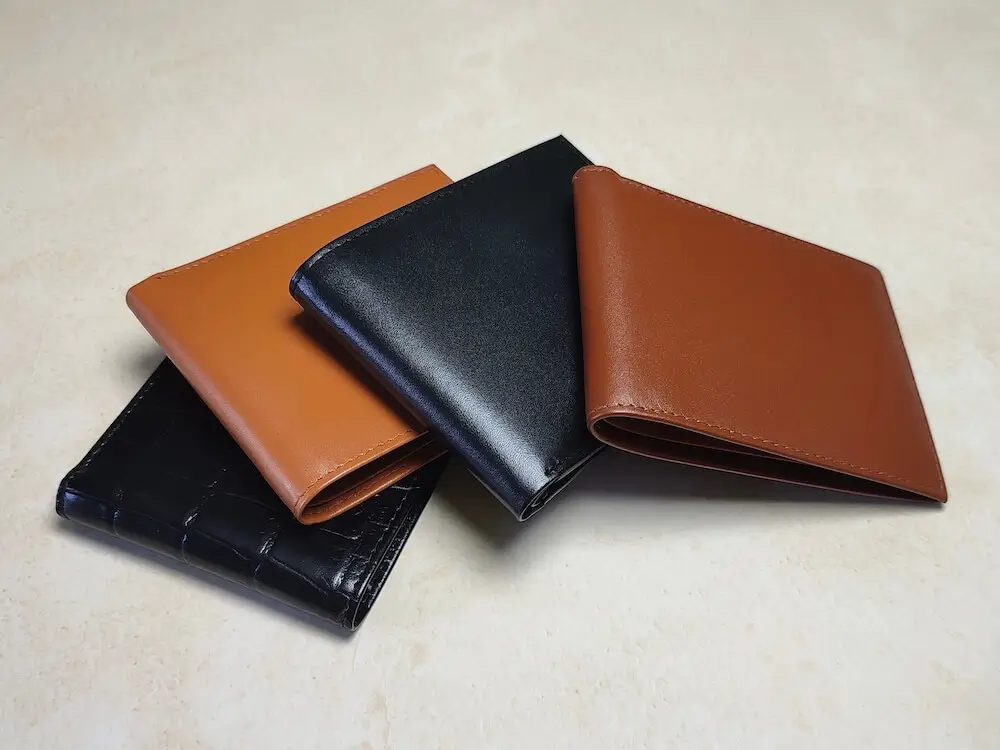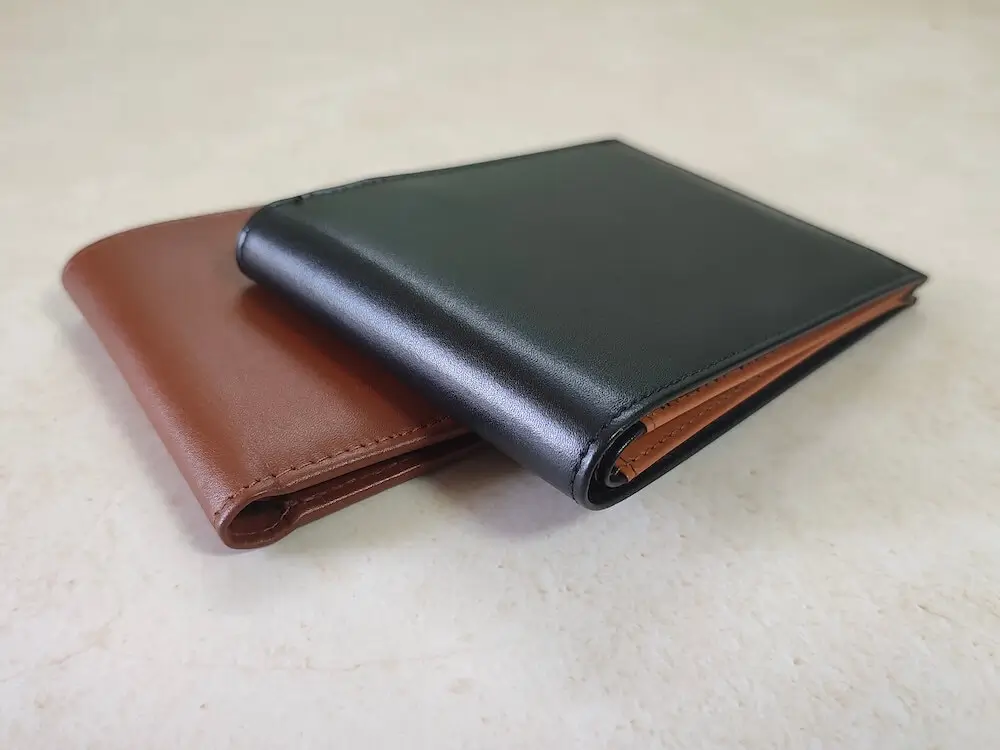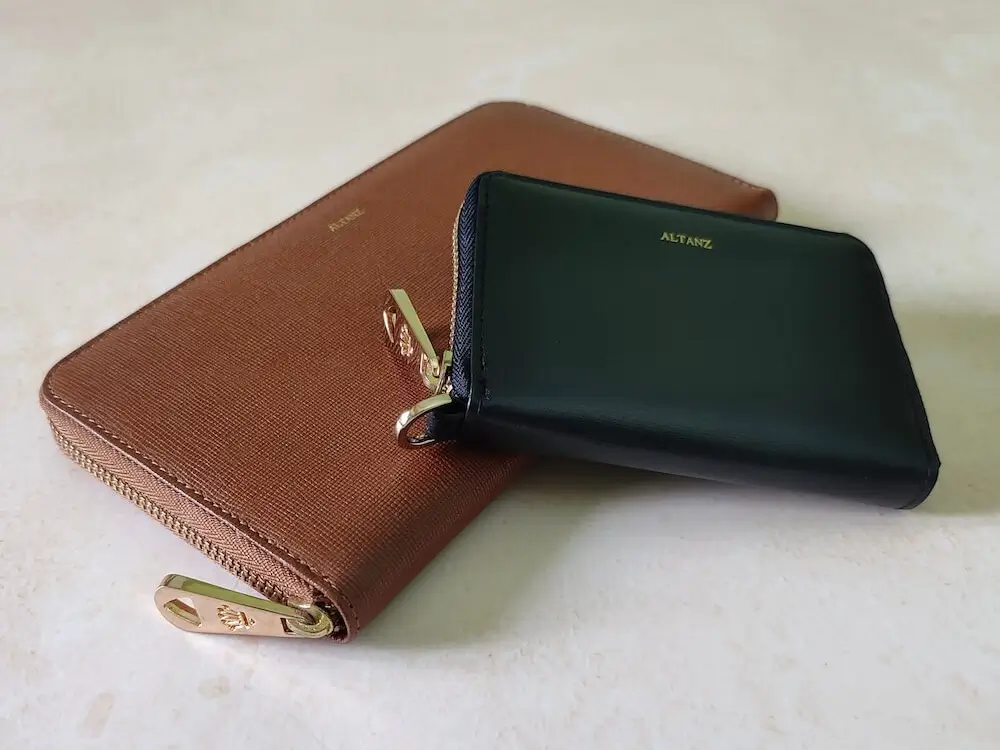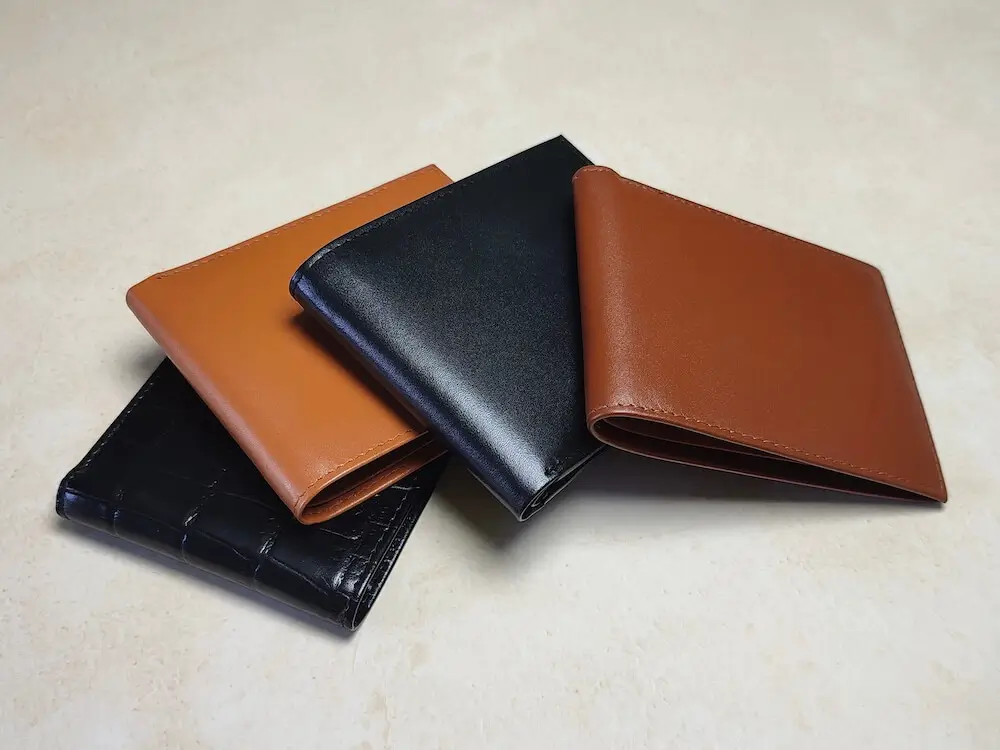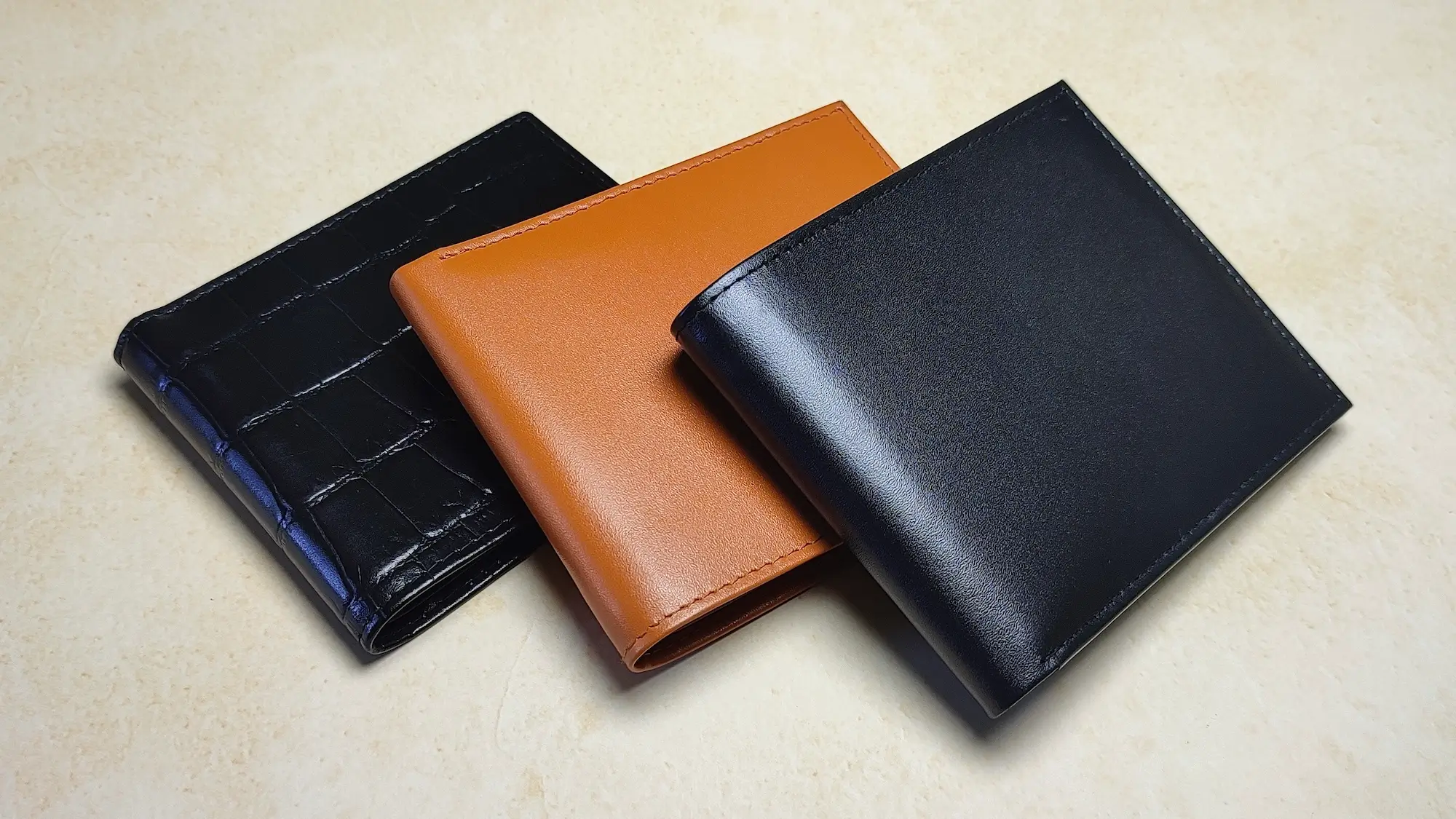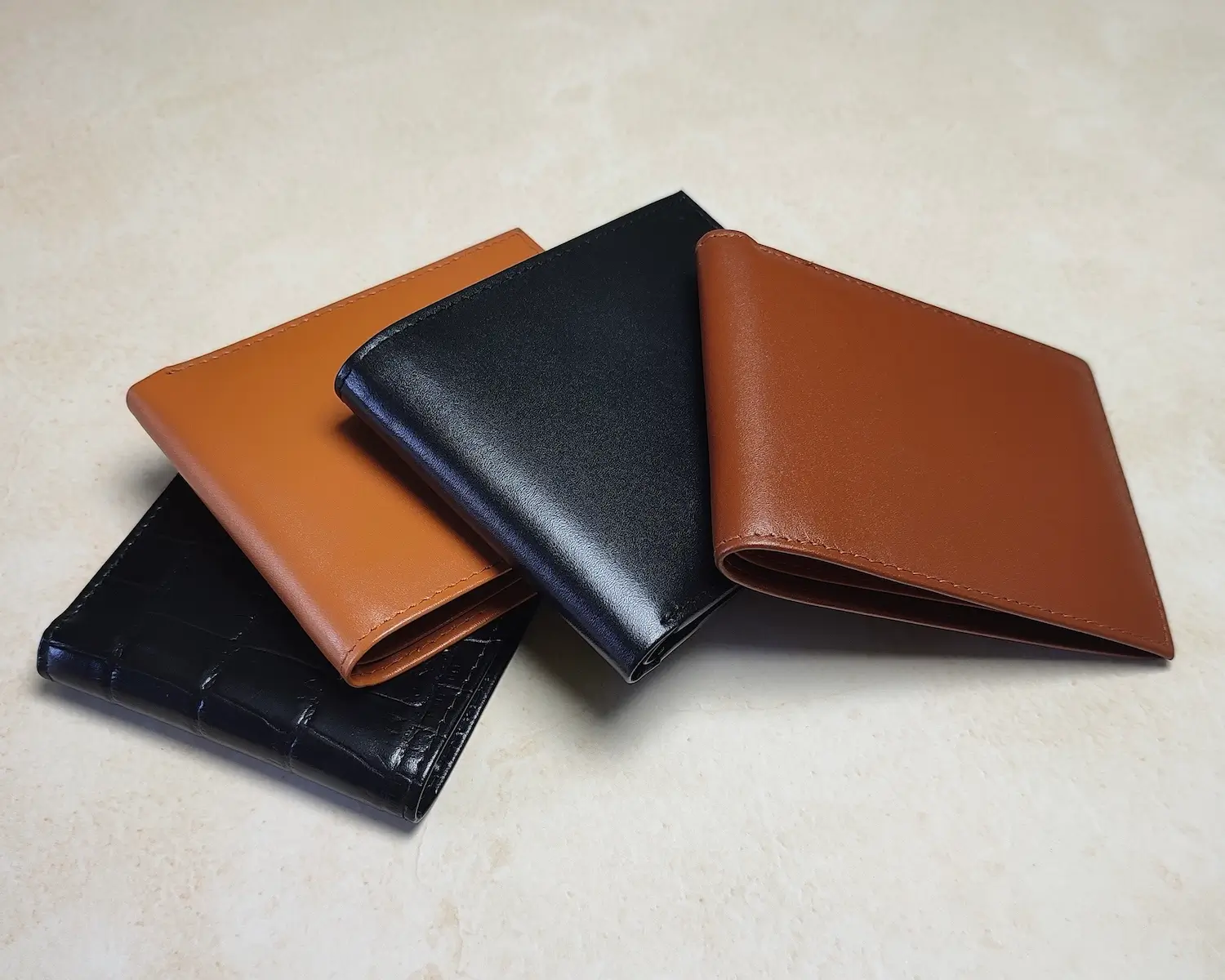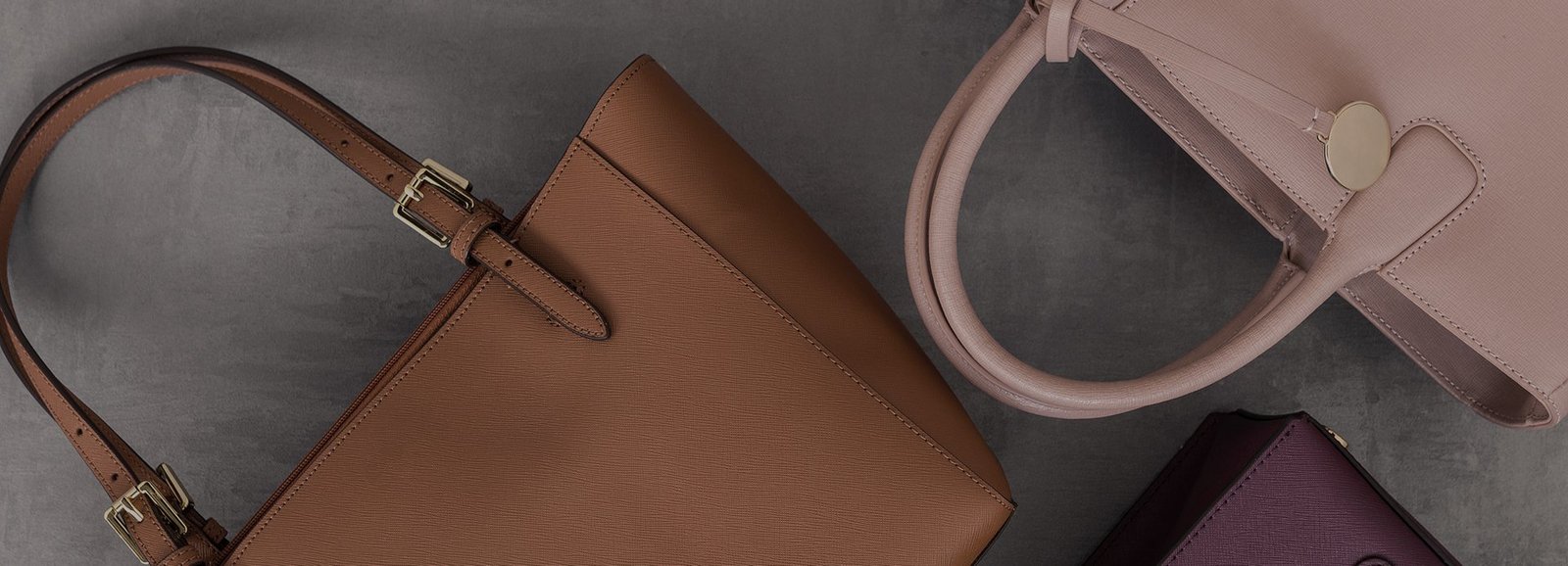Craftsmanship & Heritage
Know Your Leather: A Comprehensive Guide to Leather Types and Qualities
Introduction
Leather has been a prized material for centuries, celebrated for its durability, versatility, and timeless appeal. But with so many types and qualities available, it can be overwhelming to choose the right leather for your needs.
This guide dives deep into the world of leather, breaking down its types, qualities, and uses to help you make informed decisions.
Understanding Leather Processing
The journey from rawhide to finished leather involves meticulous processing to achieve specific characteristics. Knowing the basics of leather processing helps in appreciating its quality and variations.
The Leather Tanning Process
Tanning is the process that turns rawhide into usable leather, preserving it and enhancing its durability.
- Vegetable Tanning:
- Uses natural tannins from plant extracts.
- Produces leather with a rich, earthy aroma and a firm texture.
- Commonly used for belts, saddles, and luxury goods.
- Chrome Tanning:
- A faster and more flexible process using chromium salts.
- Results in softer, more pliable leather suitable for bags, upholstery, and shoes.
How Hides Are Prepared
The preparation of hides includes several steps:
- Curing and Cleaning: Removes dirt and hair from the hide.
- Tanning: Stabilizes the fibers and prevents decay.
- Finishing: Adds color, texture, and protection to the leather.
The Role of Grain in Leather Quality
The grain layer of leather determines its durability and aesthetic.
- Full-Grain Leather: Retains the entire grain layer, offering maximum strength and beauty.
- Top-Grain Leather: Sanded and processed for a smoother finish, sacrificing some strength.
- Split-Grain Leather: Derived from the lower layers of the hide, less durable but affordable.
Types of Leather Based on Grain
Each grain type offers unique characteristics, catering to different applications and budgets.
Full-Grain Leather
- Characteristics:
- The highest-quality leather with a natural grain and imperfections.
- Develops a rich patina over time.
- Uses:
- Luxury handbags, premium wallets, furniture, and high-end footwear.
- Benefits:
- Superior durability, breathability, and a unique, authentic look.
Top-Grain Leather
- Characteristics:
- Slightly processed to remove imperfections, resulting in a smooth surface.
- Often coated for added protection.
- Uses:
- Fashion accessories, furniture, and automotive interiors.
- Benefits:
- Easier to maintain and more affordable than full-grain leather.
Genuine Leather
- Characteristics:
- A broad category that includes lower layers of the hide.
- Treated for uniformity, often with a synthetic finish.
- Uses:
- Budget-friendly belts, bags, and shoes.
- Limitations:
- Less durable and less attractive aging compared to higher-grade leathers.
Split-Grain Leather
- Characteristics:
- Derived from the fibrous underside of the hide.
- Can be finished to mimic higher-quality leathers.
- Uses:
- Budget furniture, handbags, and footwear.
- Limitations:
- Prone to wear and tear over time.
Bonded Leather
- Characteristics:
- Made from leather scraps and fibers bonded together with adhesive.
- Often coated to look like full leather.
- Uses:
- Cost-effective furniture and accessories.
- Limitations:
- Poor durability and prone to peeling.
Specialized Leather Types
In addition to the standard grain types, specialized leathers offer unique finishes and properties.
Suede and Nubuck
- Suede:
- Made from the underside of the hide.
- Soft, textured finish ideal for shoes, jackets, and bags.
- Nubuck:
- Created by sanding the top grain of leather.
- Velvety surface with added strength compared to suede.
Aniline and Semi-Aniline Leather
- Aniline Leather:
- Dyed with transparent dyes, preserving the natural texture.
- Luxurious and soft but prone to staining.
- Semi-Aniline Leather:
- Lightly coated for added protection without losing its natural feel.
Patent Leather
- Characteristics:
- High-gloss finish achieved through a polyurethane coating.
- Resistant to water but prone to scratches.
- Uses:
- Formal shoes, handbags, and accessories.
Exotic Leathers
- Types: Crocodile, snakeskin, ostrich, and stingray.
- Features: Unique patterns and textures, often used for luxury items.
- Care: Requires specialized maintenance to preserve their distinct qualities.
Leather Quality Indicators
Identifying high-quality leather involves evaluating several key aspects. These indicators ensure you’re investing in a product that will last and improve with age.
Smell and Texture
- Genuine Leather:
- Has a distinct earthy aroma that’s hard to replicate.
- Feels supple and slightly textured, not overly smooth or plastic-like.
- Synthetic Leather:
- Smells like chemicals or plastic and lacks the depth of texture found in genuine leather.
Stitching and Construction
High-quality leather products feature meticulous craftsmanship:
- Even Stitching: Ensures durability and adds a polished look.
- Reinforced Edges: Prevents fraying and extends the lifespan of the product.
- Durable Hardware: Zippers, buckles, and rivets made from robust materials enhance both functionality and appearance.
Patina Development
One of the most desirable qualities of genuine leather is its ability to develop a patina.
- What is Patina?
- A natural sheen that forms over time due to exposure to oils, light, and handling.
- Why It Matters:
- Patina adds character and uniqueness to leather products, making them more attractive with age.
Common Uses of Leather by Type
Leather’s versatility makes it a popular choice across various industries. Here’s how different types of leather are used:
Fashion Accessories
Leather is a staple for luxury and everyday accessories:
- Wallets and Belts:
- Full-grain and top-grain leather are preferred for their durability and elegance.
- Handbags and Shoes:
- Aniline and patent leather add sophistication and style.
Furniture and Upholstery
Leather furniture offers a mix of comfort and durability:
- Full-Grain Leather:
- Ideal for premium furniture, offering long-lasting quality and a rich patina.
- Split-Grain Leather:
- Common in budget-friendly options but less durable over time.
Automotive Interiors
High-end car interiors often feature luxurious leather:
- Aniline Leather:
- Provides a soft, natural feel but requires extra care.
- Semi-Aniline Leather:
- Strikes a balance between luxury and practicality with added resistance to stains and fading.
Caring for Different Leather Types
Proper maintenance ensures that your leather products remain beautiful and functional for years to come. Here’s how to care for various leather types:
Cleaning and Conditioning
- General Cleaning:
- Wipe leather with a soft, dry cloth to remove dust.
- For deeper cleaning, use a leather cleaner designed for your leather type.
- Conditioning:
- Apply a leather conditioner every 2–3 months to keep the material soft and prevent cracks.
Protecting Against Damage
- Waterproofing:
- Use a leather protector spray to shield your items from water and stains.
- Avoid Scratches:
- Handle leather gently and keep it away from sharp objects.
Storage and Longevity
- Proper Storage:
- Store leather products in a cool, dry place. Use breathable covers like dust bags instead of plastic.
- Shape Retention:
- For bags and shoes, stuff them with tissue paper to maintain their shape.
Conclusion
Understanding the different types and qualities of leather empowers you to make informed decisions when purchasing leather goods. Whether you’re investing in a premium full-grain wallet, a stylish top-grain handbag, or a functional split-grain sofa, knowing what to look for ensures you get the best value.
Leather’s timeless appeal lies in its durability, versatility, and ability to age gracefully. By choosing the right leather type for your needs and caring for it properly, you’ll enjoy beautiful and functional products that stand the test of time.
FAQs About Leather Types and Qualities
-
What is the difference between full-grain and top-grain leather?
Full-grain leather is the highest quality, retaining the entire grain layer for maximum durability and natural aesthetics. Top-grain leather is slightly sanded for a smoother finish, making it more uniform but less robust. -
How can I tell if a product is made from genuine leather?
Genuine leather has a natural texture and smell, along with imperfections that give it character. Synthetic leather often feels too smooth and smells like plastic. -
What type of leather is best for wallets and handbags?
Full-grain and top-grain leathers are ideal for wallets and handbags due to their durability, elegance, and ability to develop a beautiful patina. -
Is bonded leather worth buying?
Bonded leather is a budget-friendly option but lacks the durability and quality of higher-grade leathers. It may peel or wear out quickly. -
How do I care for delicate leathers like suede and aniline?
Use specialized brushes for suede and soft cloths for aniline leather. Avoid exposure to water, and use a protector spray designed for these specific finishes.
FAQ : Frequently Asked Questions
Know Your Leather: A Comprehensive Guide to Leather Types and Qualities
Answer:
Full-grain leather is the highest quality, retaining the entire grain layer for maximum durability and natural aesthetics. Top-grain leather is slightly sanded for a smoother finish, making it more uniform but less robust.
Answer:
Genuine leather has a natural texture and smell, along with imperfections that give it character. Synthetic leather often feels too smooth and smells like plastic.
Answer:
Full-grain and top-grain leathers are ideal for wallets and handbags due to their durability, elegance, and ability to develop a beautiful patina.
Answer:
Bonded leather is a budget-friendly option but lacks the durability and quality of higher-grade leathers. It may peel or wear out quickly.
Answer:
Use specialized brushes for suede and soft cloths for aniline leather. Avoid exposure to water, and use a protector spray designed for these specific finishes.



